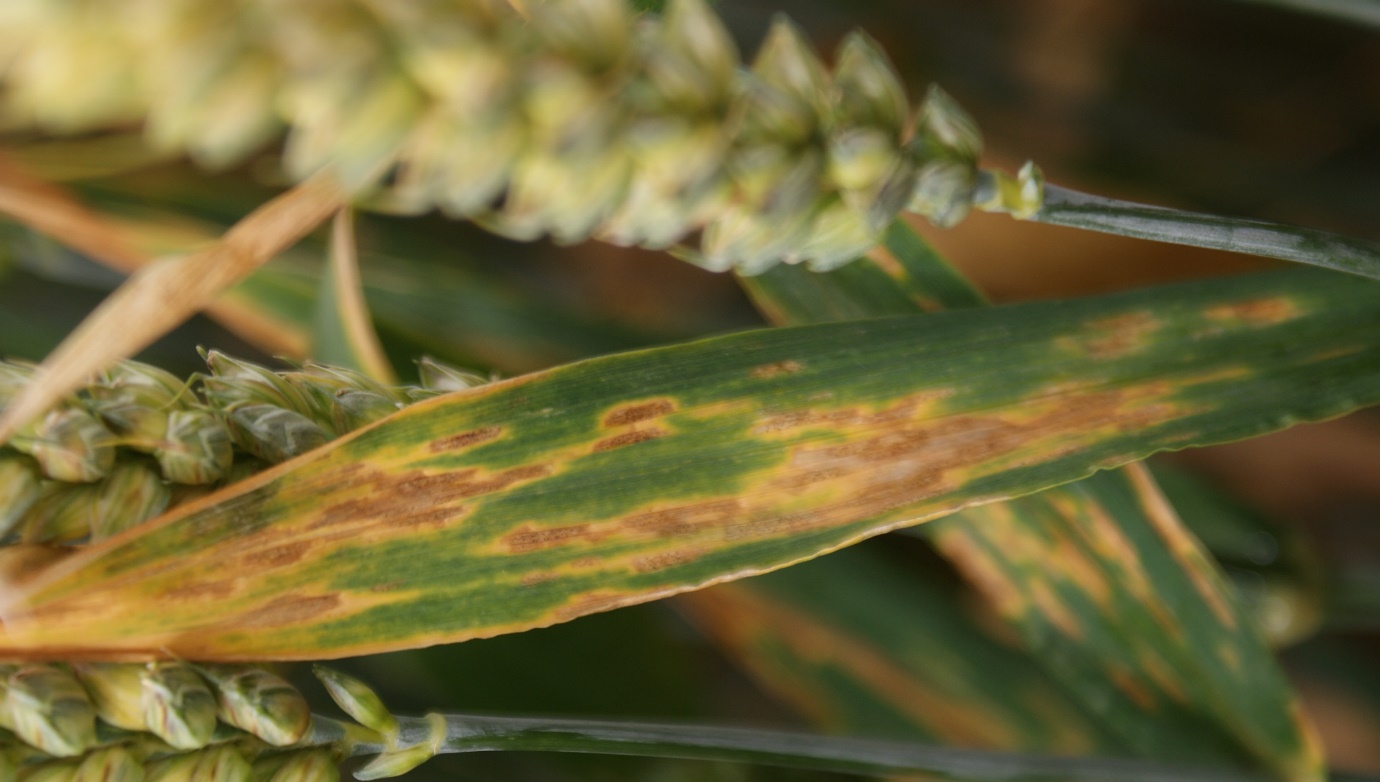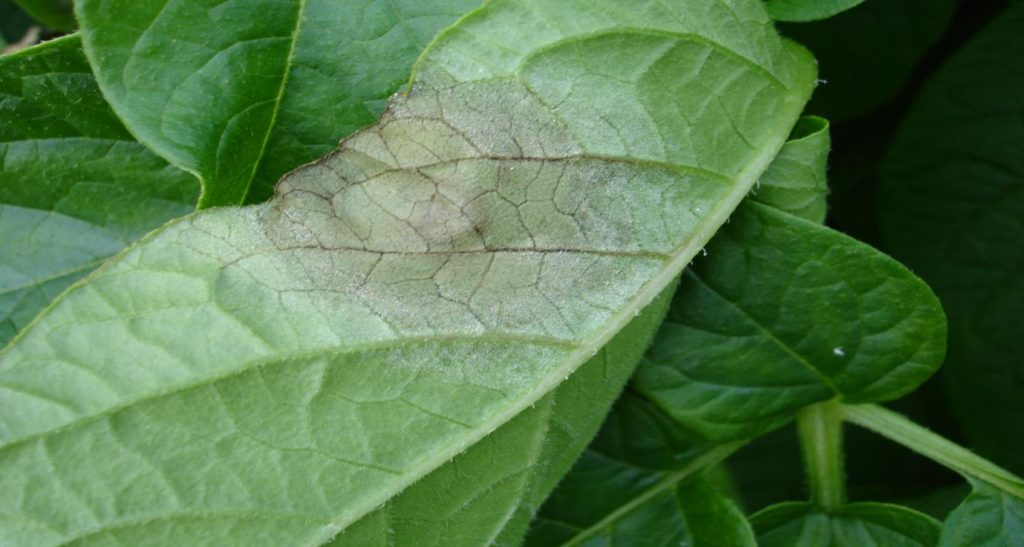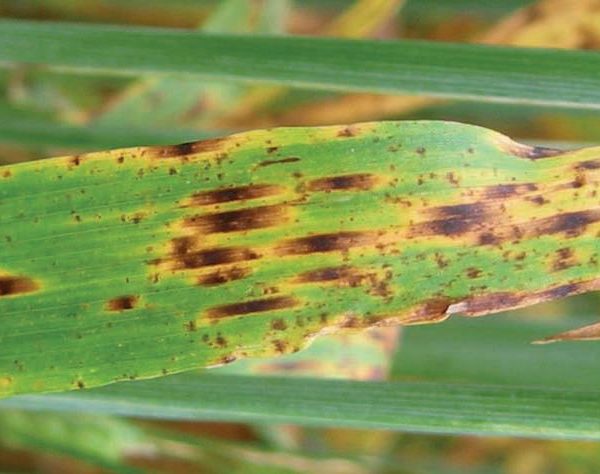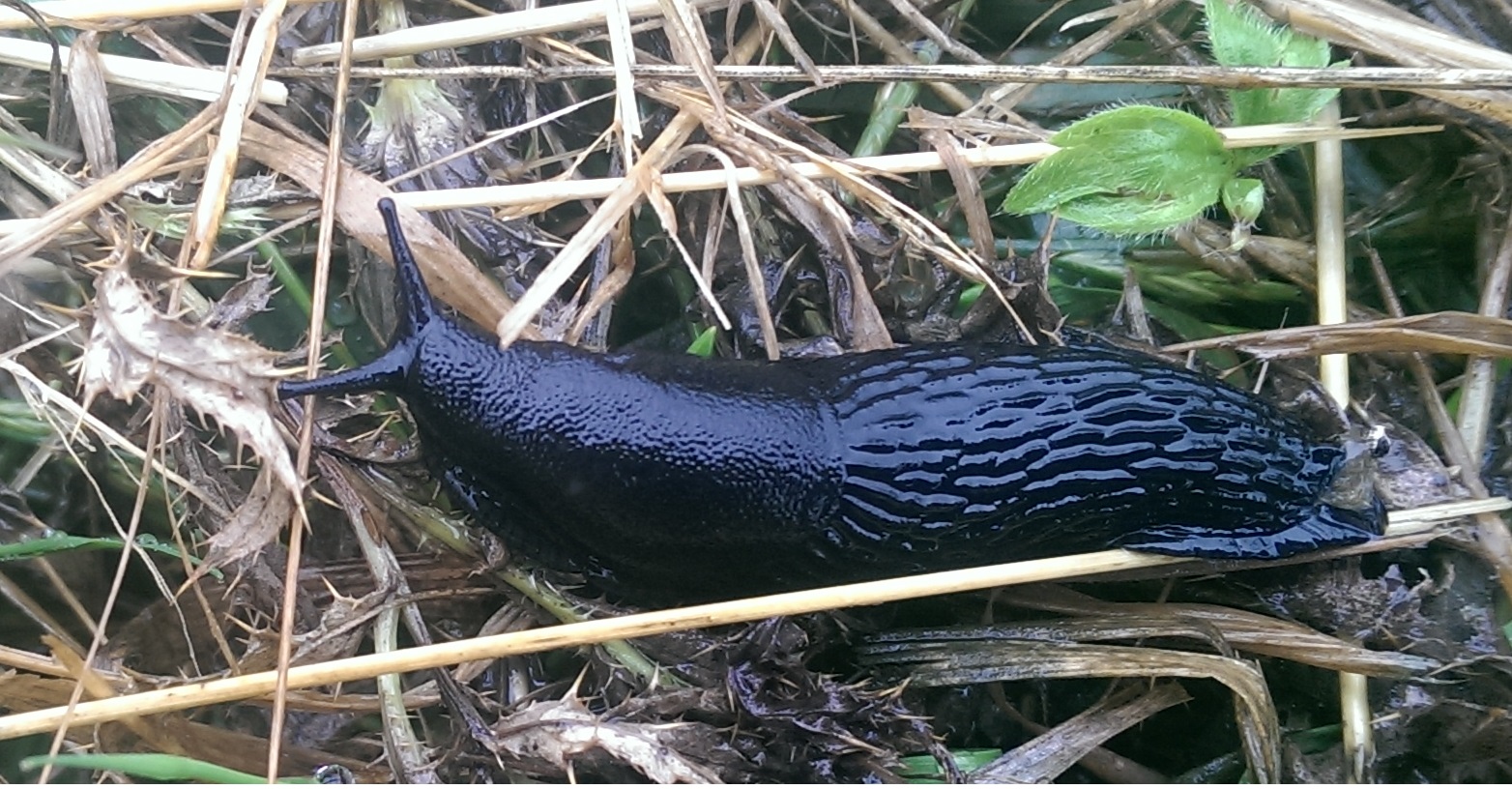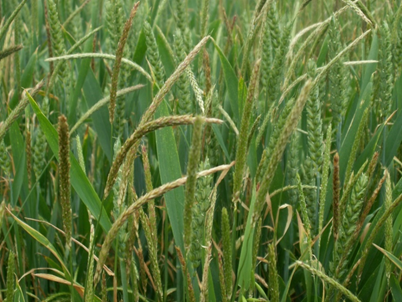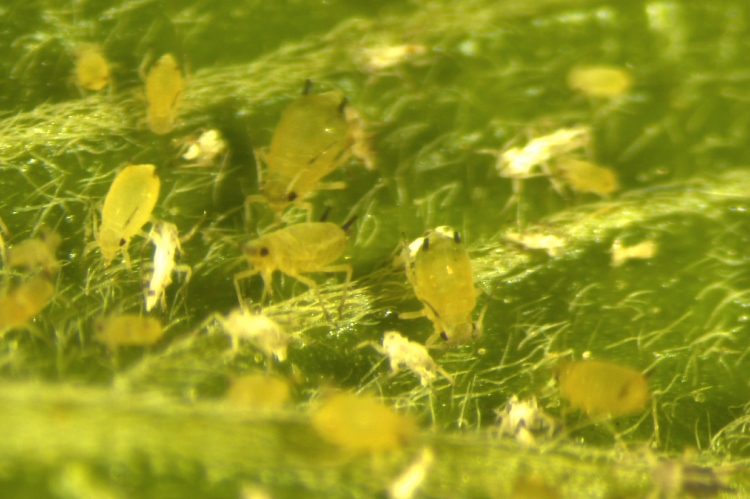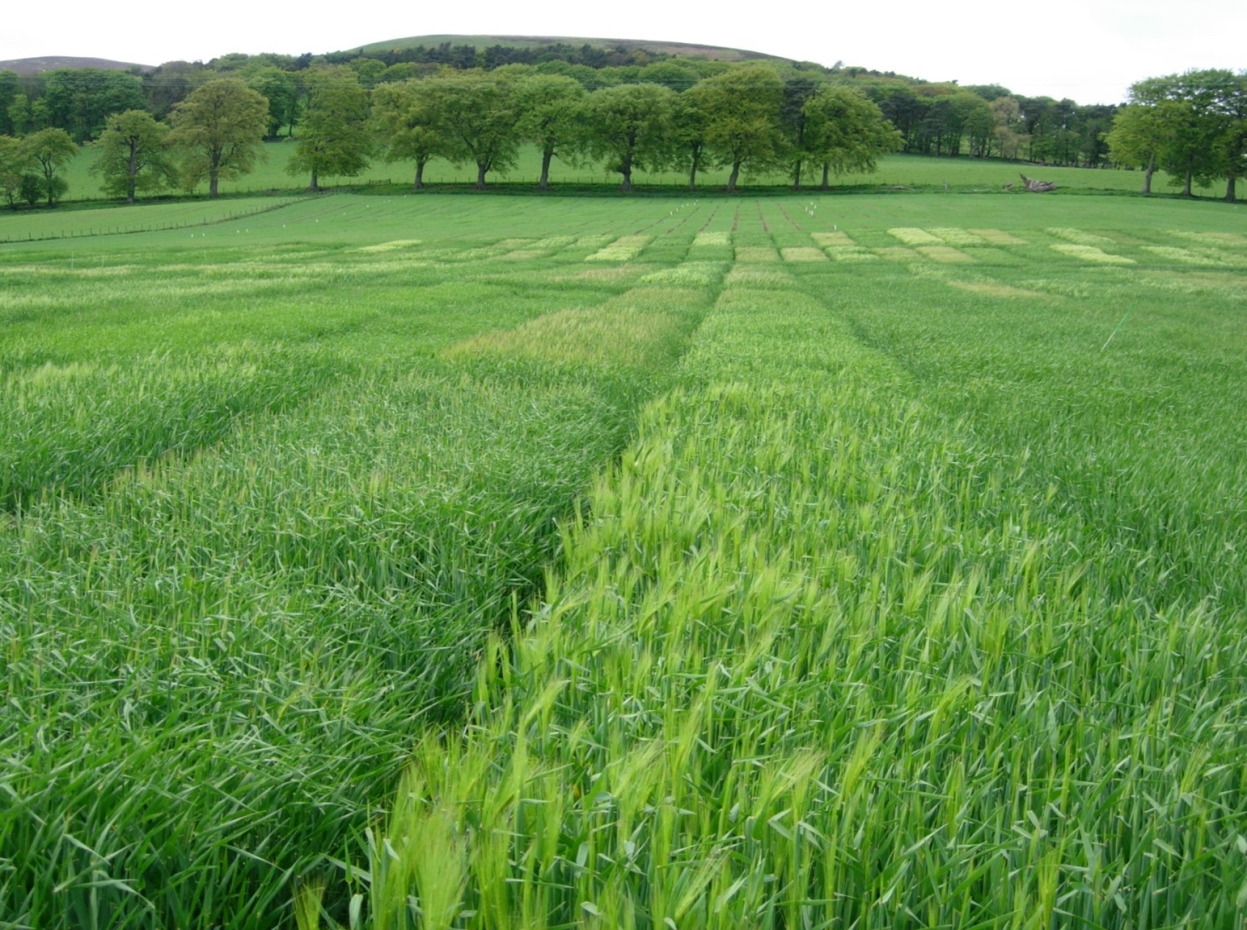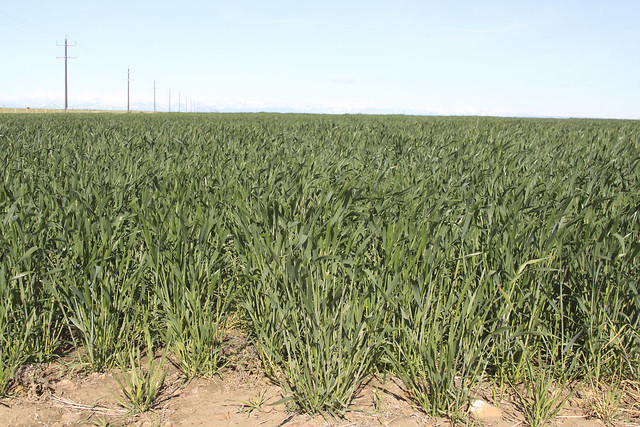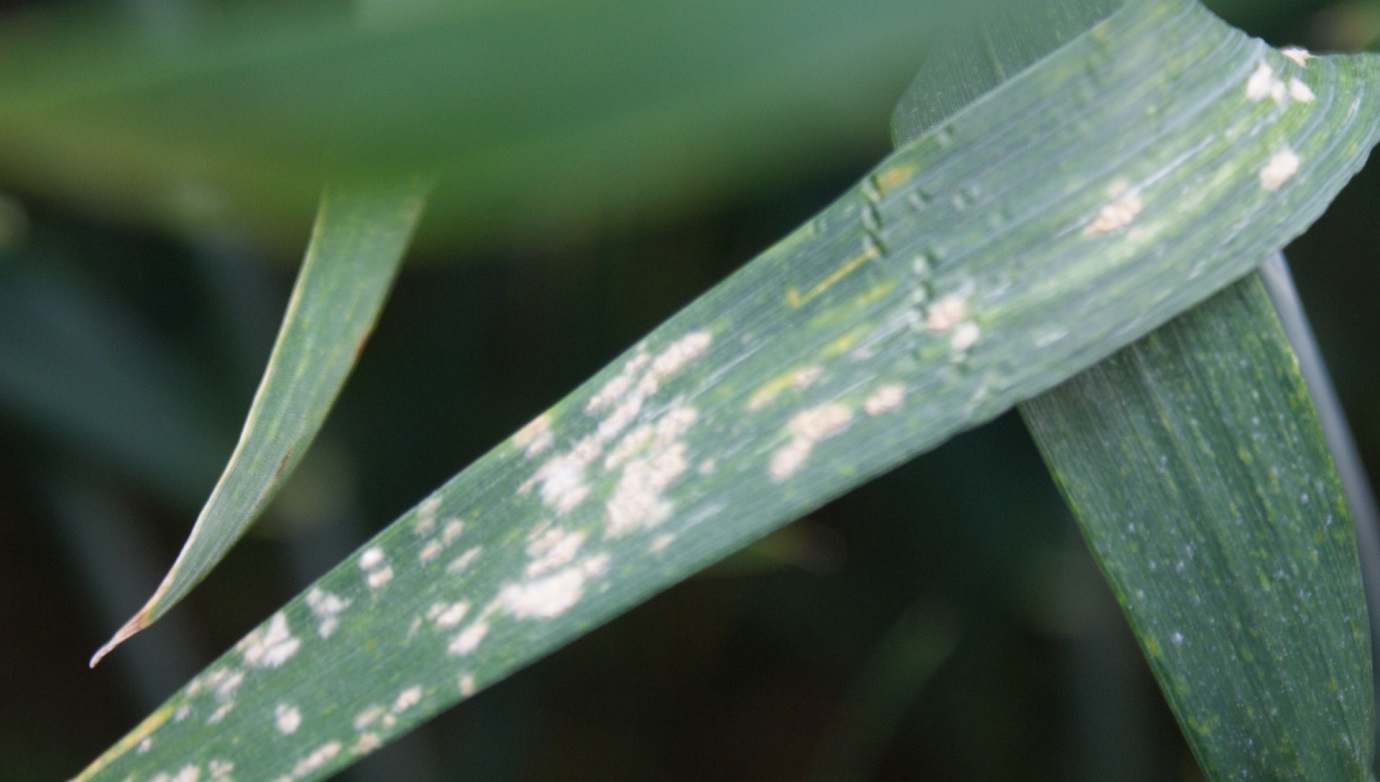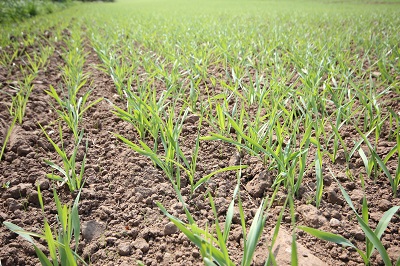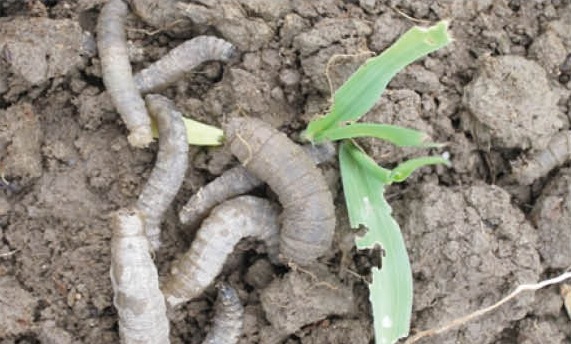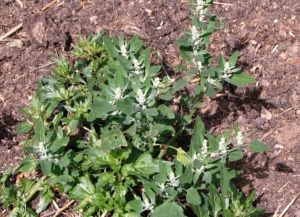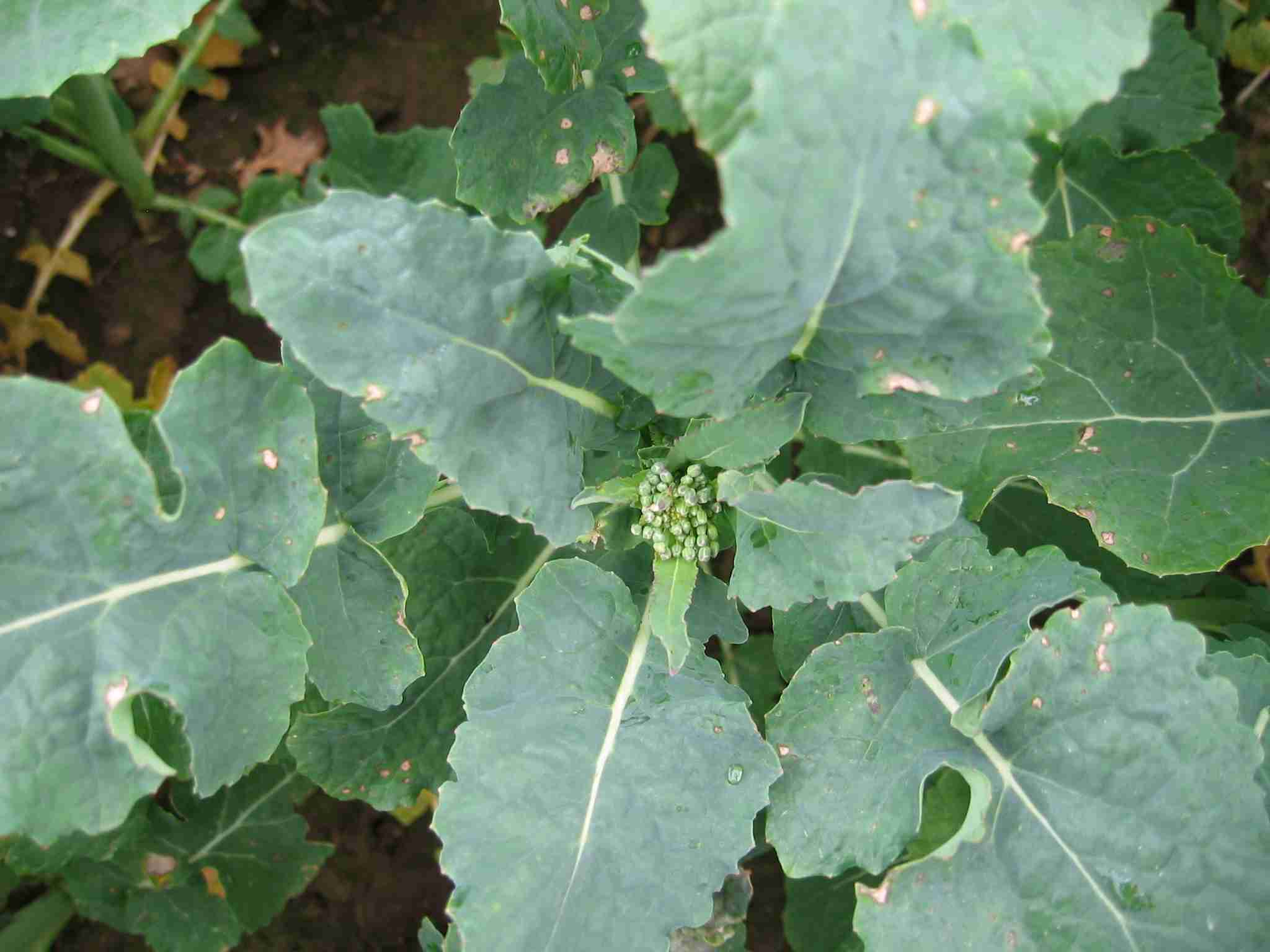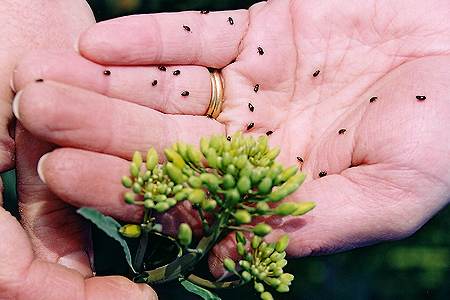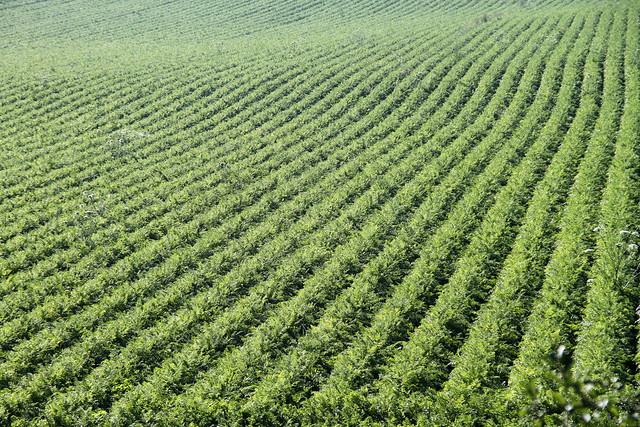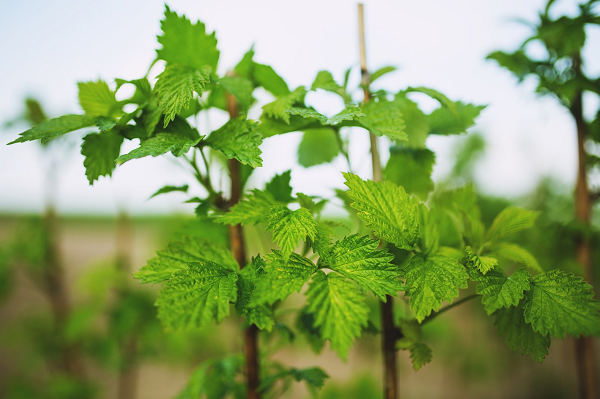Crop Health Updates - April 2019
General Comments
The switch back to colder wet weather has slowed crop development in many areas and hampered sowing of spring crops. In some areas of the country, oilseed rape crops are now flowering, winter wheat and barely are variable with some still tillering and some at stem extension. Some light mildew has been noted in wheat and barley. Grassland is growing and greening up well, and some fields are being shut off for silage already.
The return to wet cold weather will be keeping aphid numbers on cereals down, and limiting the numbers that have survived the winter. Once it warms up again growers should start to check crops regularly but only consider an aphicide treatment if 50% of plants have aphid colonies present.
The importance of protecting the flag leaf in winter wheat
The increasing challenge of achieving effective disease control in winter wheat has been generating much discussion, with concerns about declines in product efficacy and product withdrawals layered on top of the perennial challenges of getting spray timings precise in variable seasons and tight weather windows. The importance of the flag leaf in generating yield in wheat is without dispute. Wheat is source limited which means yield is driven by the amount of energy the upper leaves can capture through to harvest. Read more here.
Maintaining Scotland’s high health status for potatoes
New pest and disease threats and pesticide losses through legislation and resistance development are cross-cutting issues across all our crops at the moment and potatoes are no exception. Our cooler climate means a reduced risk of aphids and hence a reduced risk of viral infections in seed potatoes produced in Scotland. Read more here.
Where now with ramularia?
An economic analysis of ramularia shows it strips £10 million off the £10 billion UK barley market each year but the tools to tackle the problem are diminishing. Historically, varieties have been weak for the disease and we have had to rely on fungicides but ramularia has developed resistance to all the systemic fungicide groups, leaving only chlorothalonil as an effective fungicide. Read more here.
Slugs
The recent warm spell followed by the rain (and snow falling at the time of writing) will have given slugs a boost in activity, with consequent damage to crops in the ground, and a heightened risk to those to be sown this spring. Read more here.
Weeds in winter cereals
Grass weeds are a priority if they escaped autumn treatment, although bromes and black-grass are less easy to control in the spring. There are no herbicide options in oats and very limited options in winter barley. There are a number of options in wheat, although resistance issues and restrictions on sequences limit what can be done. Grass weed herbicides work best with good spray coverage on actively growing weeds. It is counter-productive to treat stressed crops too early in cold weather. Read more here.
Aphids
Look for aphids on leaves on warm sunny days, and consider an aphicide if aphid colonies can be found on 50% of plants. Aphids are probably not going to start flying into crops until late April or early May, but there could be aphids on crops that have survived the winter. Note that if you are seeing ladybirds or hoverflies in crops then hold off on any aphicides, as these specialist aphid predators will do a good job of mopping up aphids. Read more here.
Disease in winter barley
Keeping lower leaves green and retaining tillers is the main function of T1 sprays in winter barley as this drives final yield potential. There is some disease present in crops, although it isn’t a desperate season as yet. Fungicides work best protectantly, especially for rhynchosporium, and so fungicides and rates should reflect the ‘on paper’ risks and what you actually see walking the crop. Read more here.
Disease in winter wheat
Many crops look cleaner now that lower infected leaves have been shed but don’t be lulled into thinking that disease has vanished altogether. The main driver of septoria in crops looking round sites seems to be sowing date rather than variety. Earlier drilled crops commercially and at trial sites have markedly more septoria, and as yet differences between varieties are less noticeable – so an early drilled 8 rated variety like Sundance is a little cleaner but is still carrying more disease than a late drilled 6 rated variety. The differences between varieties will stop being so compressed and will stretch out as the season progresses. Read more here.
Disease in Winter oats
We are not seeing much in the way of mildew coming through in reports as yet and it is one of the major targets of fungicides used in winter oats. Other disease can be important too and the oat form of septoria (Septoria avenae) is common in crops. Read more here.
Disease in spring barley
Drilling made a leap forward in the good weather over the weekend although heavy rain after this stopped play for a bit again. Fungicide inputs should be tailored to the variety. Fairing, Laureate, KWS Sassy and Sienna all have ratings of 6 for Rhynchosporium which takes some of the risk out of early drilled crops and wetter areas. The greater risk is with Concerto, rated a 4, which needs additional management and a greater reliance on fungicides. Read more here.
Pests in spring barley
Crops sown after grass will be at risk from leatherjackets. With the loss of chlorpyrifos, crops sown after grass have limited options should leatherjackets start to cause damage to emerging crops. One option is extra cultivations, as ploughing reduces populations by about 50%. Rolling the seedbed with a heavy roller immediately after sowing can also reduce damage by leatherjackets. Read more here.
Weeds in Spring crops
Covering Spring cereals, oilseed rape & forage and vegetables, this webpage gives a brief overview of weeds to be vigilant for and general advice about the use of sprays for certain crops. Read more here.
Disease in oilseed rape
Fungicide sprays targeting light leaf spot will be imminent when conditions dry up and allow field operations again – many crops are now extending away and at green bud stages.Sclerotinia risk will be important to assess when crops come in to flower. Decisions to protect against sclerotinia should be based on the risk and that includes the presence of other hosts in the farm rotation as the host range for sclerotinia is very broad and includes many valuable cash crops such as peas, beans, potatoes, carrots and vegetable crops like lettuces. Read more here.
Pests in oilseed rape
With many crops already at green-yellow bud, there is a risk from pollen beetle damage to the buds, giving rise to blind-stalks with no flowers or pods forming on them. The current drop in temperatures will stop pollen beetles moving into crops as they only fly when temperatures reach 15°C.
When beetles appear in crops, note that there are updated thresholds for treatment. The plant density needs to be taken into account to estimate the threat from pollen beetles at green-yellow bud. Read more here.
Carrot fly
Carrot flies are forecast to emerge and fly into carrot crops in late April, with egg-laying beginning from early May. Read more here.
Pests in soft fruit
Raspberry growers should continue to check at night for double-dart moth caterpillars and clay-coloured weevils. Double-dart moth caterpillars are 2-2.5 cm in length, brown in colour with a distinctive V-shaped marking down their backs and a black-edged reddish-brown stripe along each side of their body. Read more here.
Sign up to the FAS newsletter
Receive updates on news, events and publications from Scotland’s Farm Advisory Service

